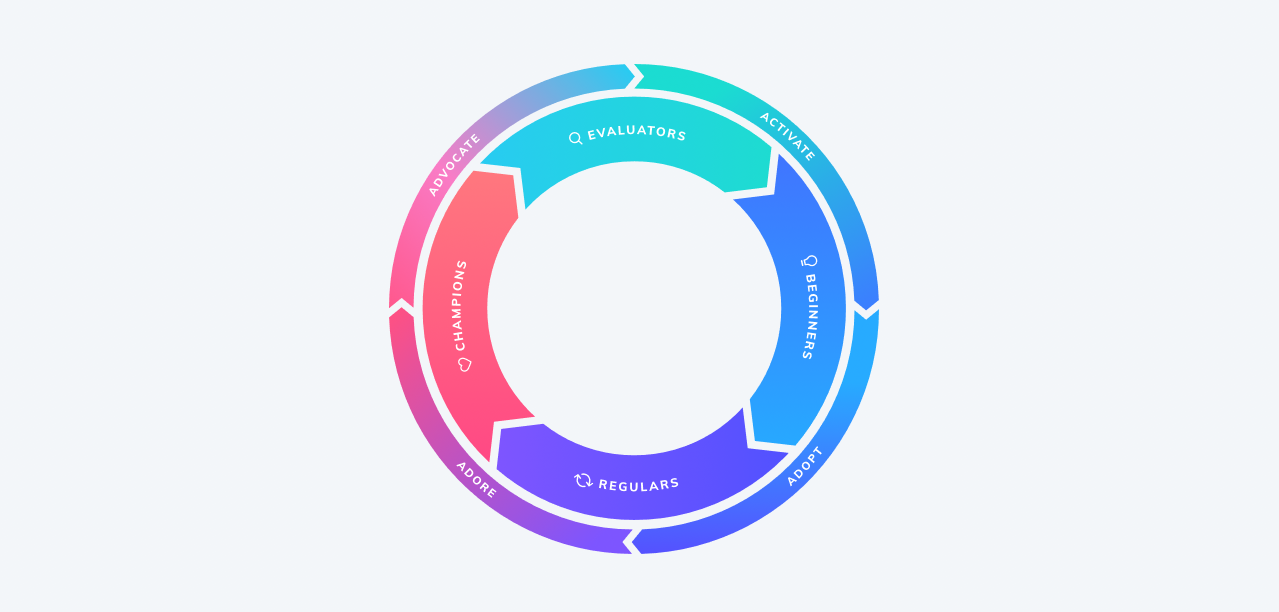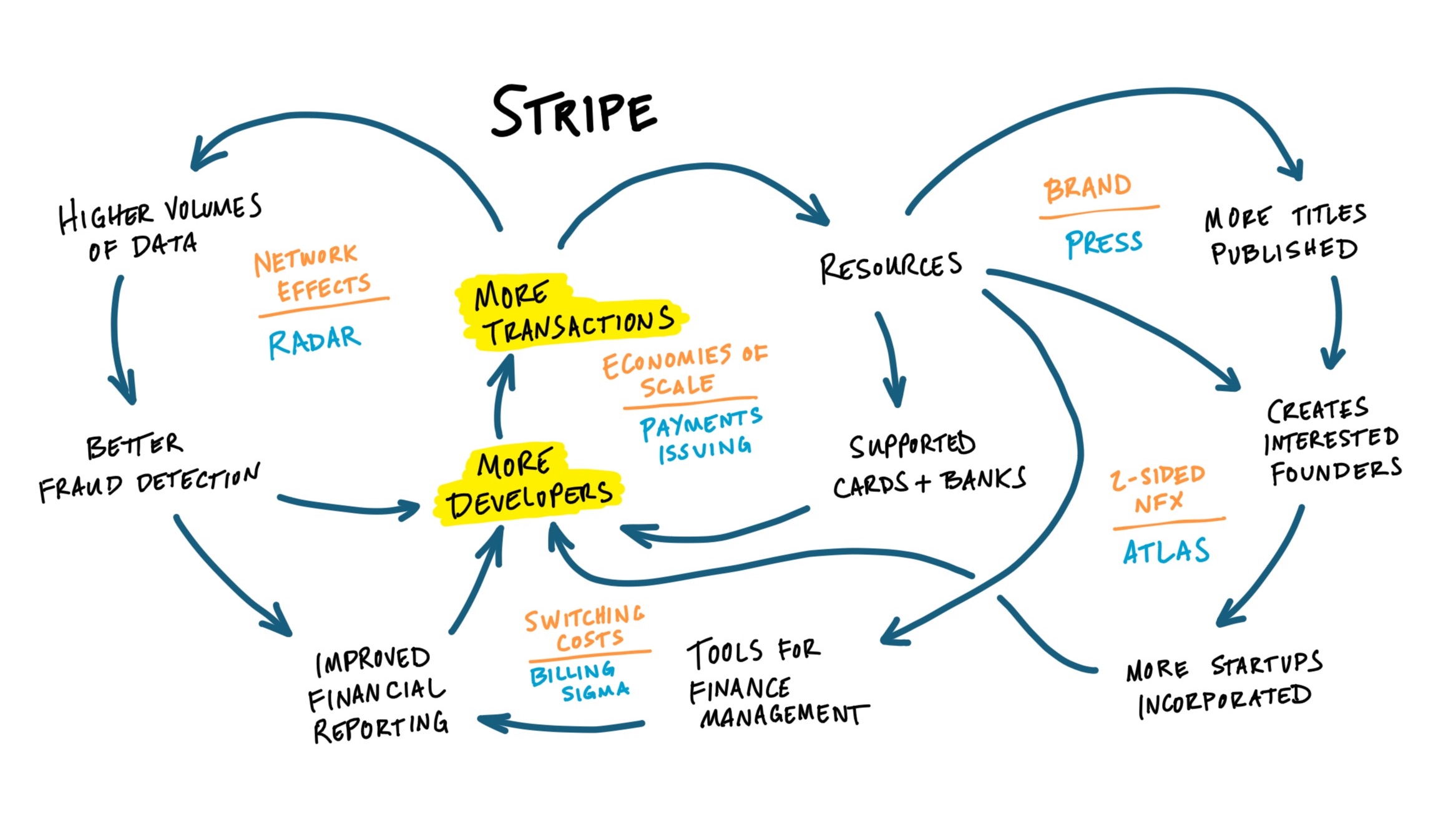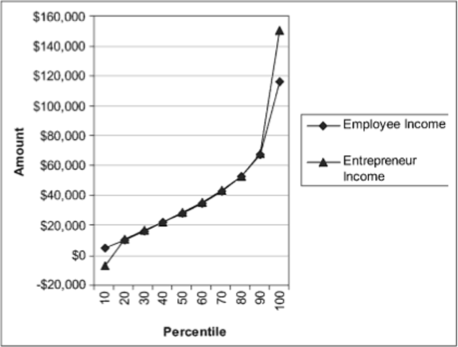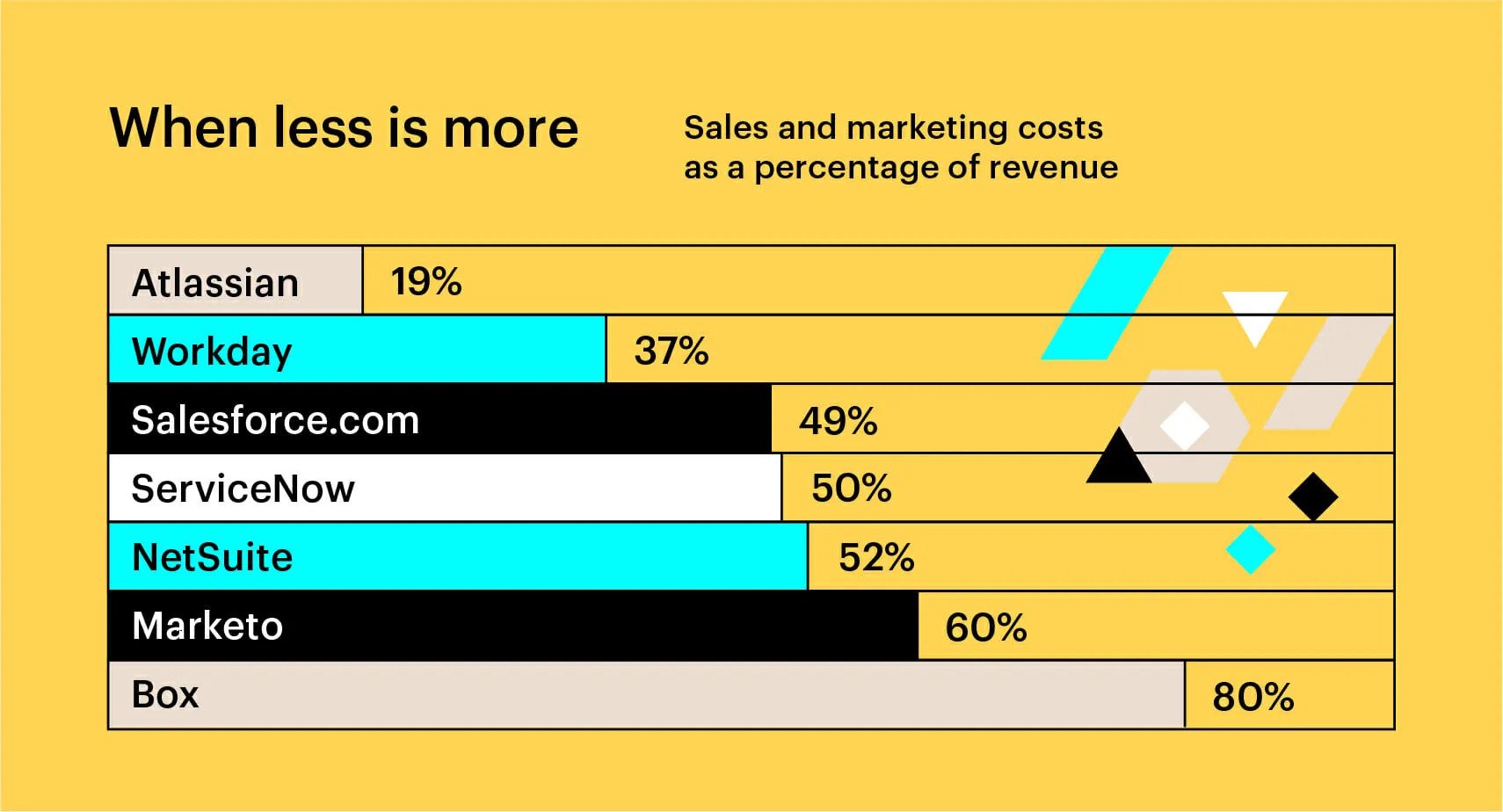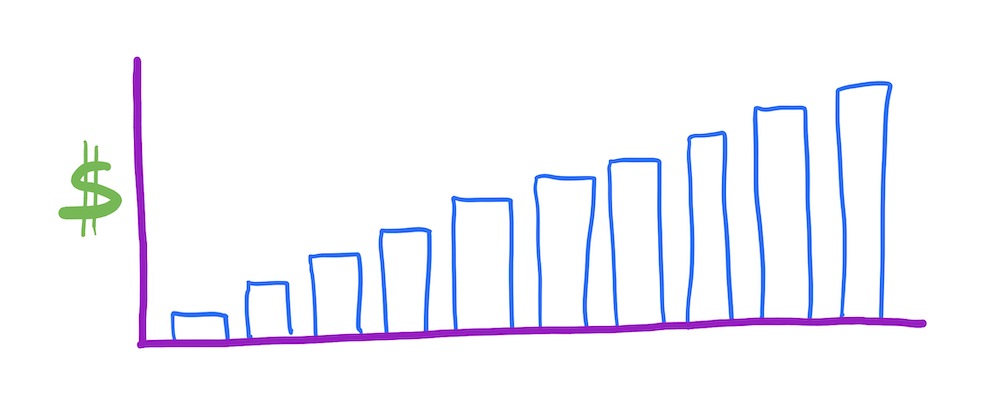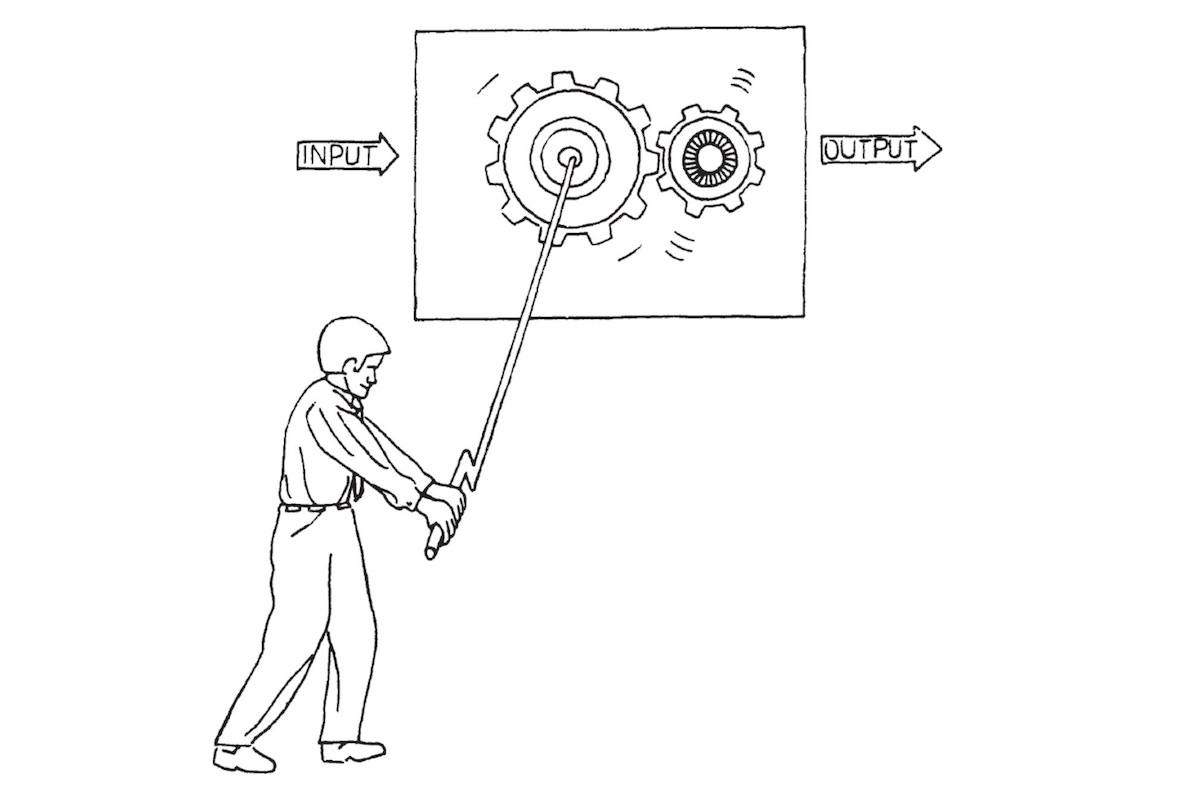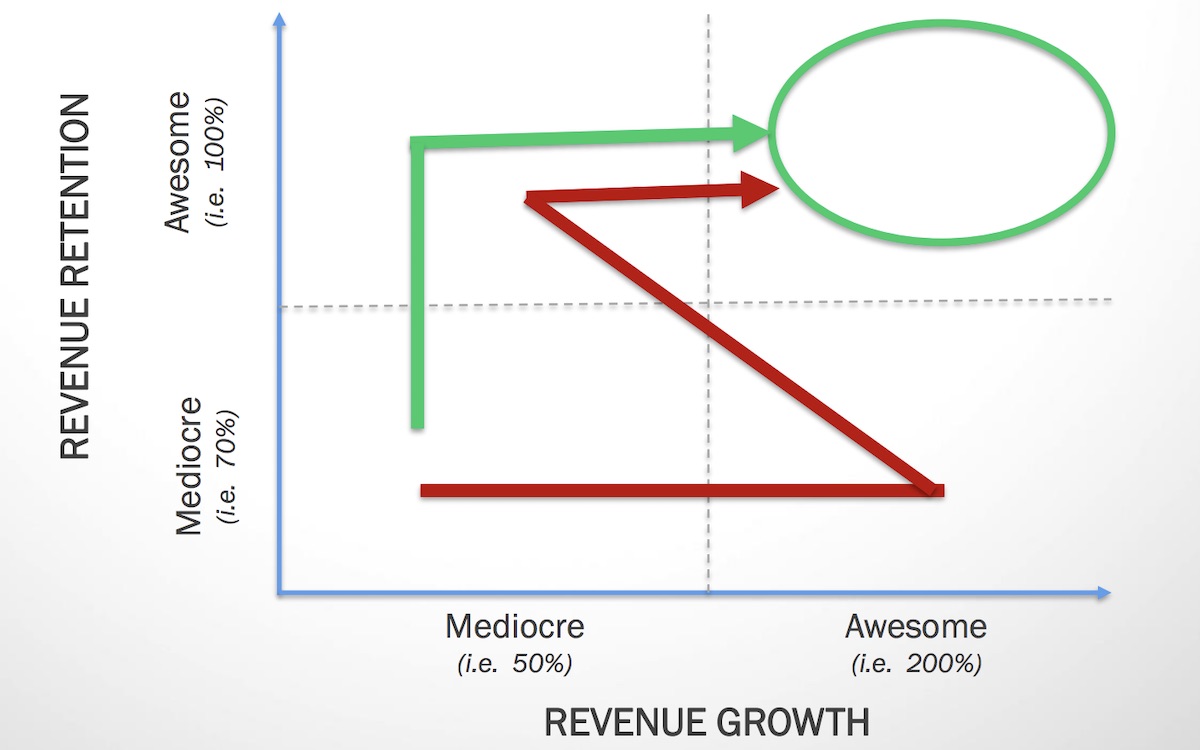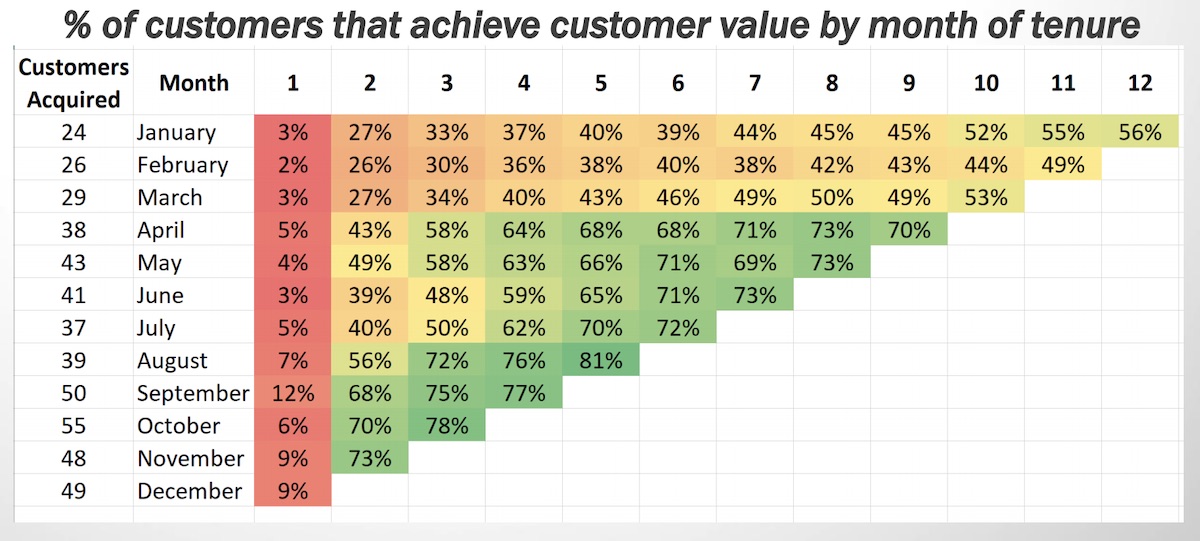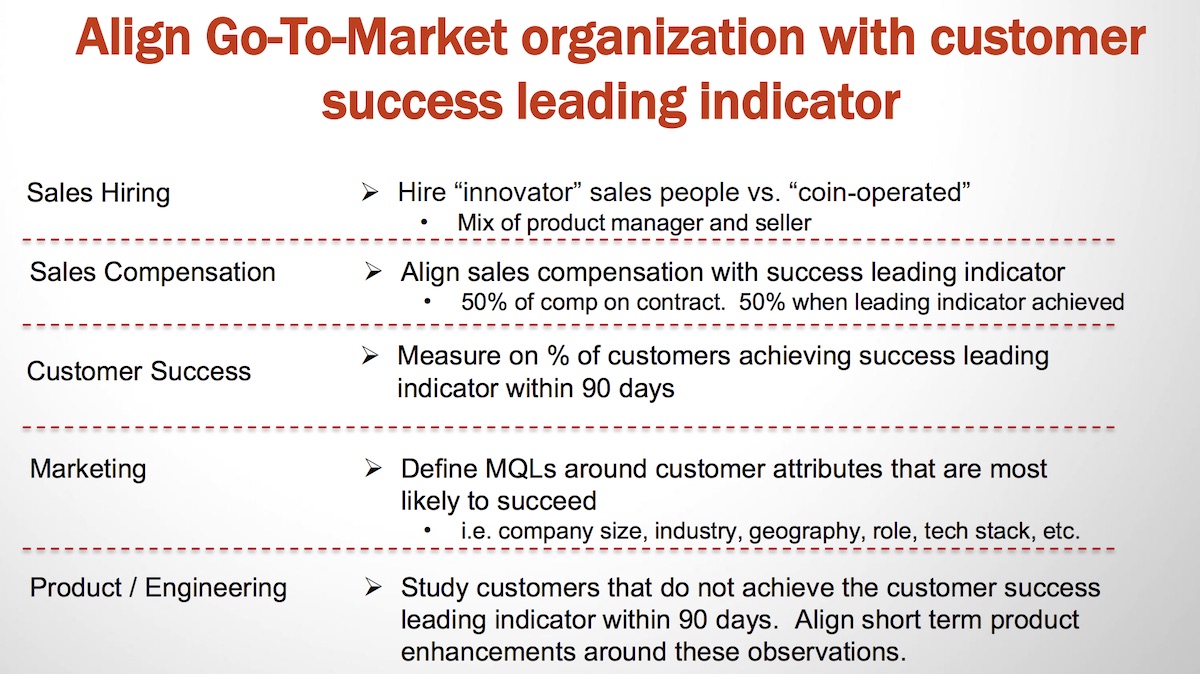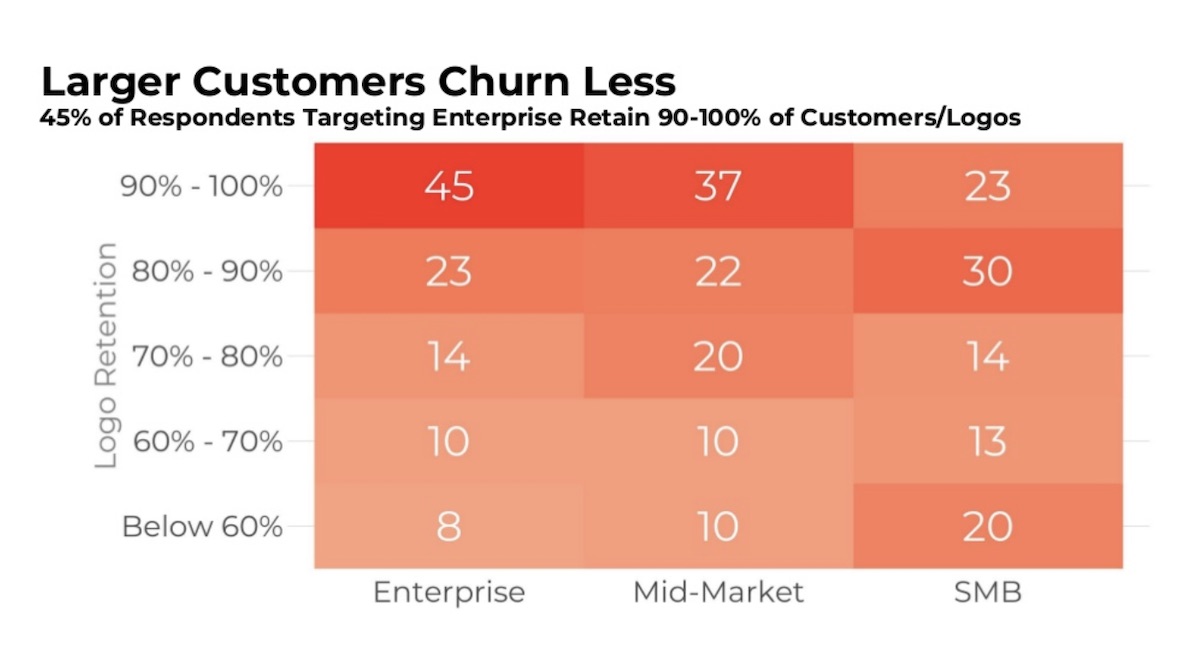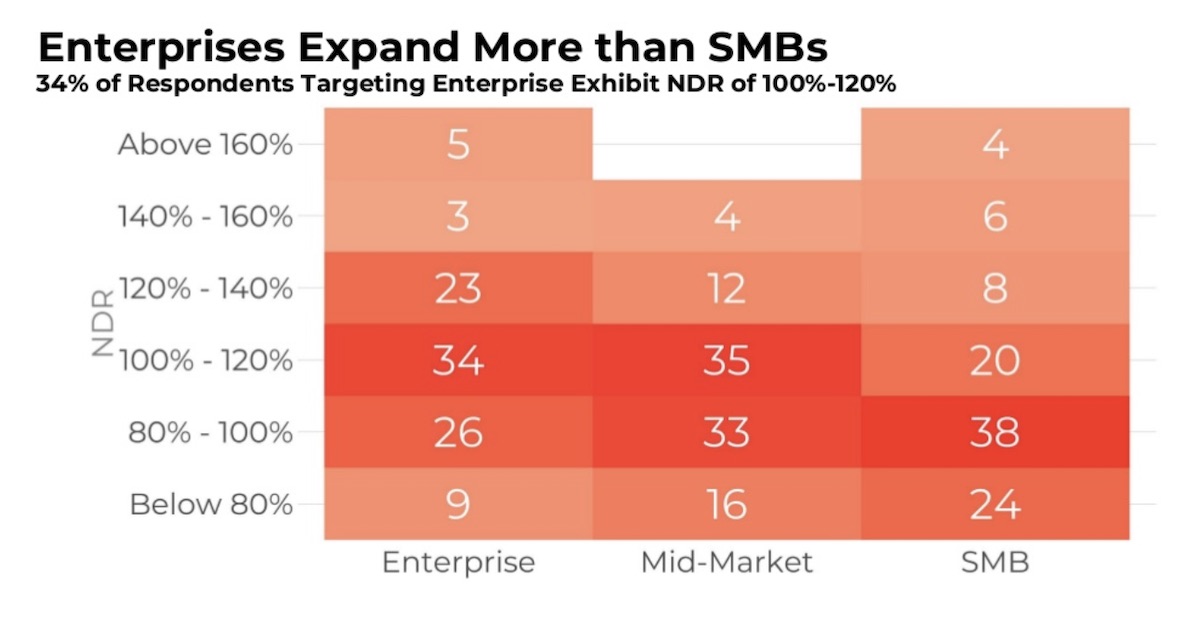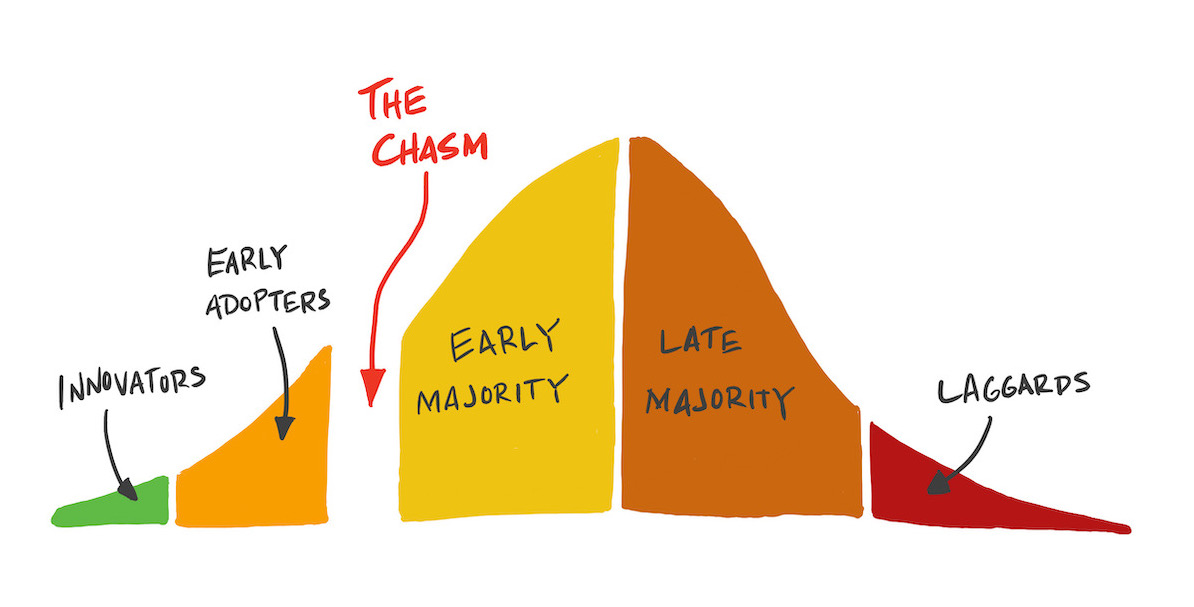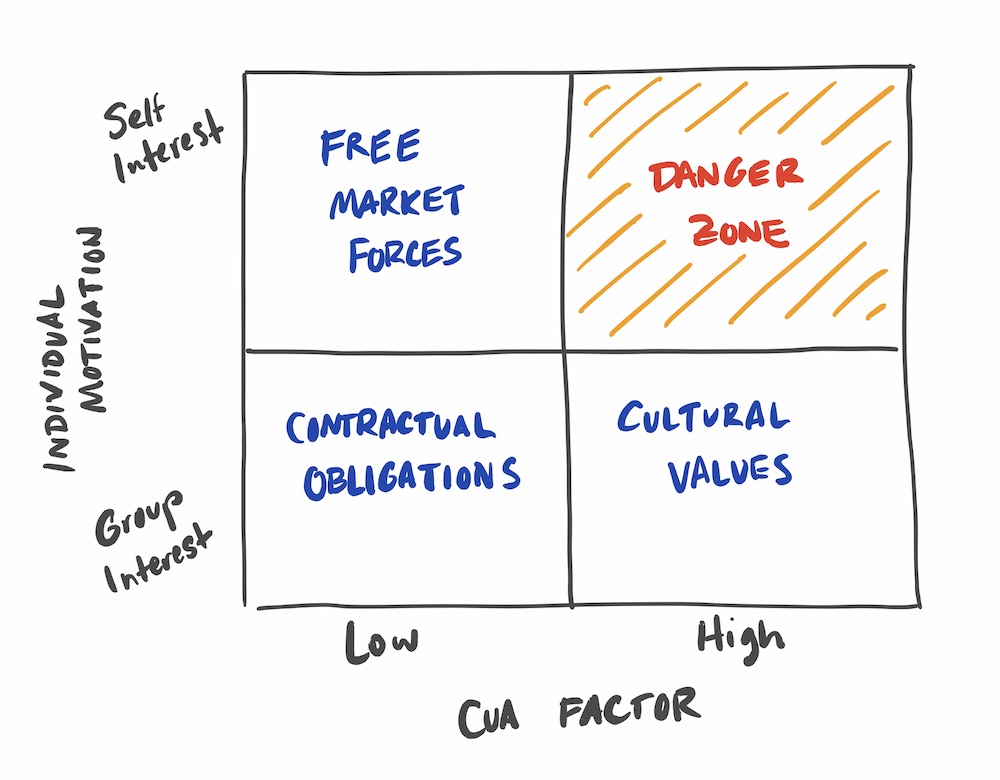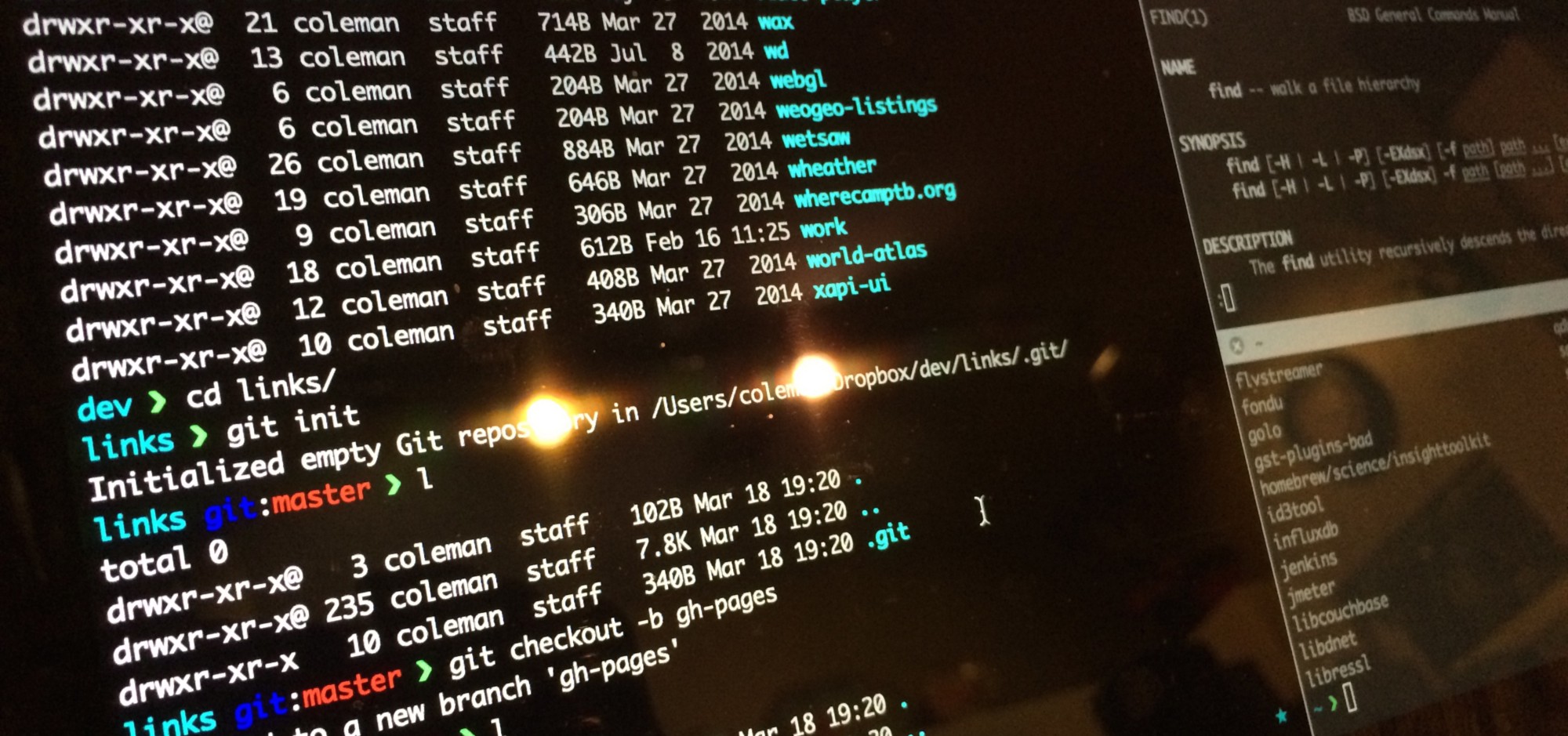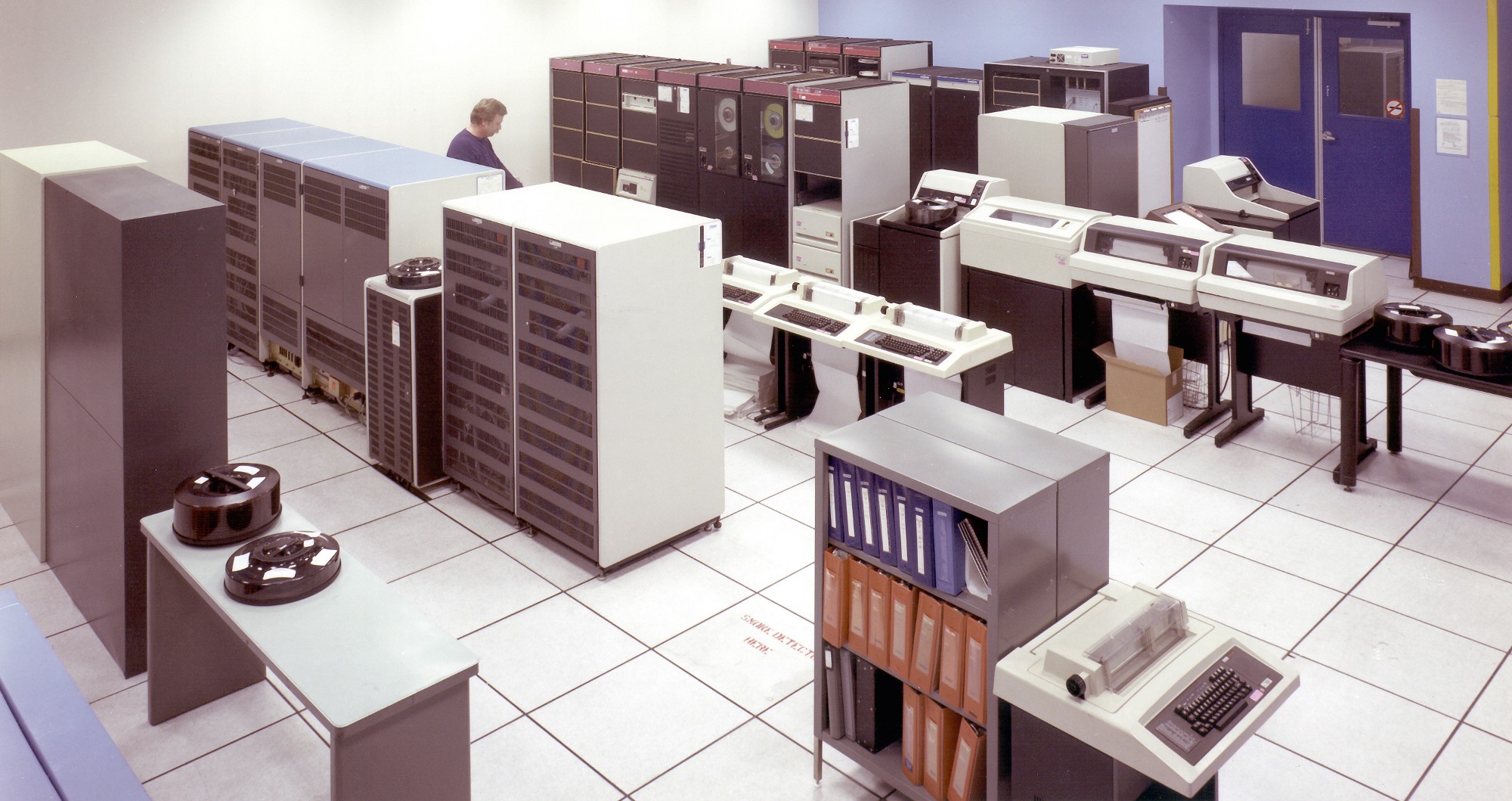How to Think About Your Competitors
October 10, 2022 • #For any company, keeping track of your position in the competitive landscape is an important element of making the right decisions. When I think about competitors, I think about them separately as “direct” vs. “indirect”:
- Direct competitor: one with a product offering highly similar and seen by your customer as a direct substitute
- Indirect competitor: one that might look glancingly similar (or very different) on the surface, but addresses the same jobs to be done
Direct vs. indirect doesn’t matter all that much at the end of the day; you’re still trying to occupy the same problem space for your target audience. The important piece is to remember that it should be inclusive of the indirect: those that obliquely address the same concern for a user.
The big question is: how much time and attention should you spend on monitoring and analyzing your position relative to your competitors? Clearly the right answer lies somewhere on the spectrum between none and way too much.
It’s commonplace to skew too far to the left or right on this spectrum — to either be too concerned with the day-to-day movement of what your competitors are doing, or to have too much confidence in your own position, willfully ignoring what your competitors or the market are doing. On one end you can’t stop worrying about it every time a customer mentions a competing product’s features. On the other, you’re saying “we have no competition.”
Clearly the right answer is somewhere in the center, taking behaviors from each side and combining them in creative ways to do something unique, but with enough similarity to the market that you can sell the future you’re building with minimal friction.
What if we could think about “competitive attention” on a spectrum? The spectrum could go from:
- Zero attention on competitors or the market, to
- Spending all of your time worried about and analyzing what competitors are doing
Broadly speaking, moving along each direction of the spectrum trends toward being more of a leader or a follower. Leaders blaze their own path and drive toward a vision of the future they define. Followers can’t stop chasing what someone else is doing. It might sound like I’m making the case for “leader” here — after all, leader has the positive connotation, and follower makes you sound like an also-ran. But there are plenty of areas in all businesses where it’s smart to conform to market norms rather than trail-blazing. You should make sure your unique, innovative edge is concentrated in specific areas. Even world-changing product innovators don’t completely ignore what existing markets look like of course.
The best companies view the world from a demand perspective (What do customers want? What are the jobs to be done?) rather than a supply one (Who is building what in the market?)
Let’s define a spectrum, and some points along it:
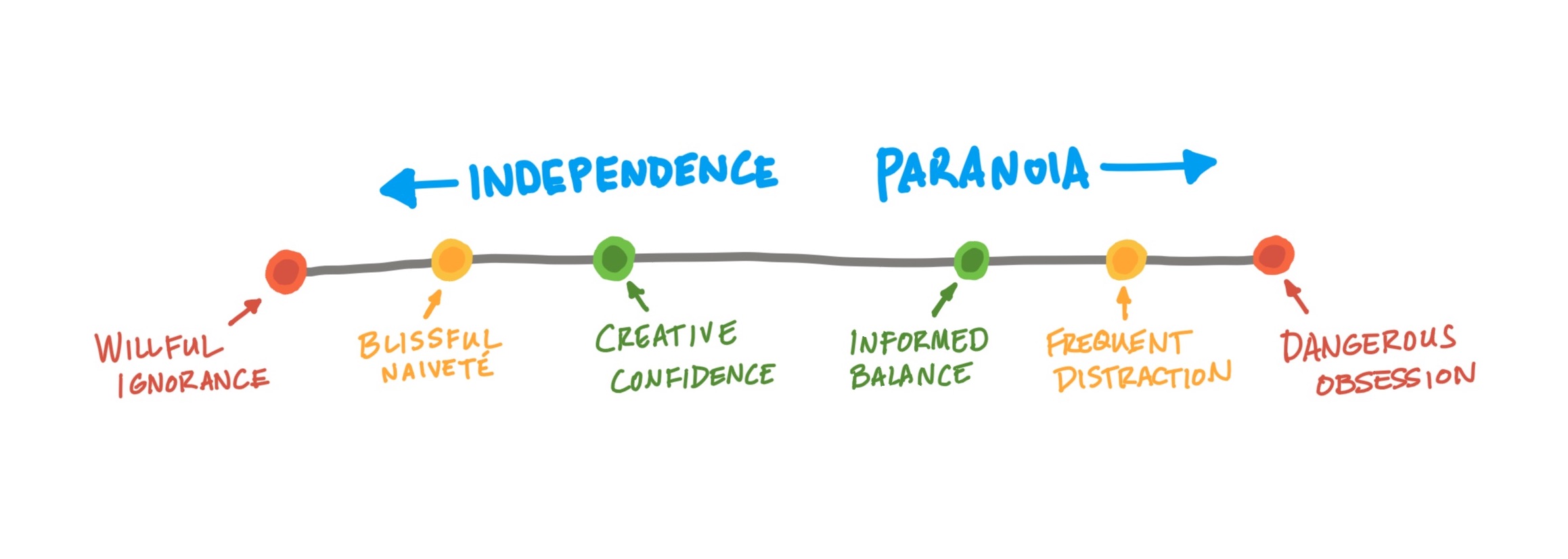
Definitions on the spectrum — the left side leans toward independence (with an extreme of brazen ignorance), the right toward paranoia (some is a healthy thing, but in the extreme, it’s obsession):
- Independent mindset:
- ⟽ Willful Ignorance — You’re irrationally overconfident in your market position. You intentionally don’t care what competitors are doing, you denigrate other options or solutions as irrelevant or obsolete, and you believe you’re more important to your customer than you are. “We could never be replaced” (You can definitely be replaced).
- ⟻ Blissful Naiveté — You don’t go so far as to think you’re invincible, but you have an ignorance of the market due to naiveté more than overconfidence. You don’t bother to spend the time to understand the landscape you participate in.
- ⭐️ Creative Confidence — The ideal place to be. Confident in your own ideas, maintaining the ability to design and build solutions independently of what others in the market are doing. You focus on creating from first principles based on customer demand, not on copying what others do.
- Paranoid mindset:
- ⟾ Dangerous Obsession — You let competitors dominate your thinking, constantly worried that every new one you discover is already eating your lunch. You call meetings and have big discussions about what competitors are doing, in the worst cases moving your own goalposts continuously when competitors make movements. Instead of worrying about how to solve your current customers’ problems and inventing new solutions for them, you’re spend all your time looking for a customer you don’t have. The grass is always greener somewhere else.
- ⟼ Frequent Distraction — You do spend time with your own customers looking at what you can build for them, but you let what other people are building distract you from the time required to build truly novel product. Monitoring others’ feature lists and building comparison matrices steals away enough attention to slow you down in your new creative efforts. You pull punches on your innovative work because you’re scared to step too far off a well-trod path. Keeping up with what’s in the rearview steals away your attention from solving your current customer’s problems.
- ⭐️ Informed Balance — You’re knowledgable about the market and its players, but not in a way that keeps you up at night. you have a confident, informed understanding of what other players can do, and you spend most of your time in “competitive” headspace thinking about articulating your differentiation. Because you’re out in front building your own thing, people copy you more than the other way around. But you do maintain just enough useful paranoia to temper your overconfidence.
It takes willful effort to position your mind in the right spot on the line. And depending on the situation, pushing your view left or right is defensible. In some areas you shouldn’t care what the competition is doing — dare to solve the problem differently. In other cases, not all things you need to build are key differentiators; some things are simply table-stakes things that need doing. Innovation and creativity are expensive. You want to spend those resources where they count.


